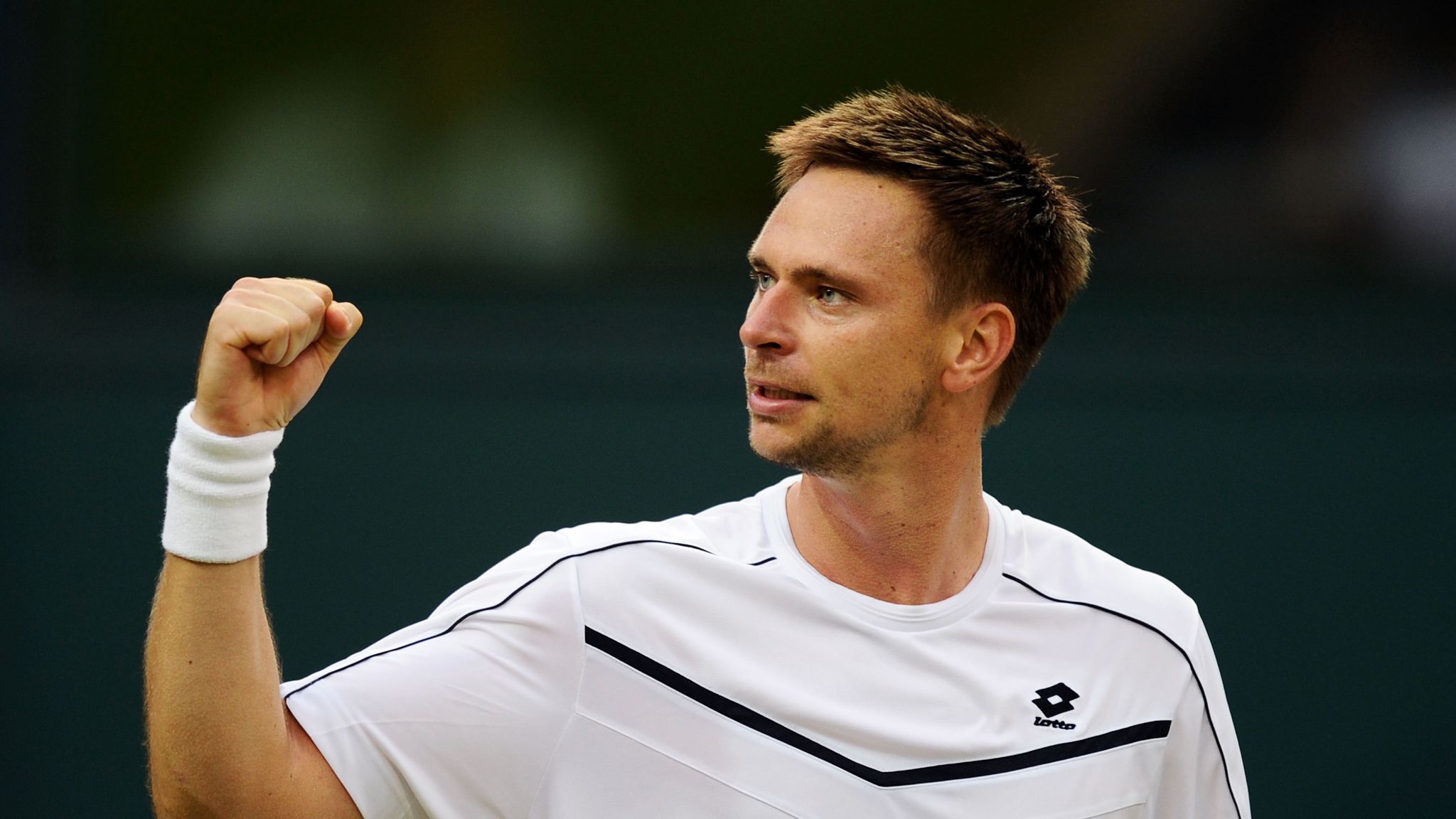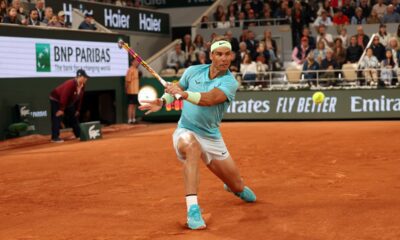- German tennis player WTA Andra Petkovic paints a picture of the mental stress tennis players go through
- It starts with denial, anger bargaining, depression, and acceptance.
- ATP and WTA have taken hold of the issue and provided support to all tennis players
German tennis player Andrea Petkovic while back painted a grim picture of the five stages of grief tennis players go through.
Petkovic is vocal that tennis players have a grief routine. It starts with denial, anger bargaining, depression, and acceptance.
She is not wrong. She has been there and has also seen her colleagues battle depression too. Japanese tennis stay Naomi Osaka, and Australian Open Grand Slam champion Ashleigh Barty have battled depression at some point.
Last year, Osaka opened up on her battle with anxiety. She walked off French Open and Wimbledon.
She took a lengthy break from tennis after losing to Canadian teen Leylah Fernandez at the US Open.
Her thrashing by Fernandez – 5-7, 7-6 (2), 6-4 – at Flushing Meadows in the U.S Open pushed her to more pain.
The third-round defeat in the U.S Open came with a barrage of mixed feelings for Osaka. And this compounded her decision to take a break from tennis.

Naomi Osaka. Photo/Sky Sports
“I feel like for me, recently, when I win, I don’t feel happy, I feel more like a relief. And then when I lose, I feel very sad,” she told the press after the match.
An emotional Osaka opined that she is at a point in life caught up between a rock and hard place wondering what to do.
Adding that she doesn’t know when she will play her next match, she offered, “I think I’m going to take a break from playing for a while.”
She took a break from tennis and flew to Greece where she spent time at the famous Temple of Isis (III).
In the same vein, Barty battled bouts of depression after ‘retiring’ from tennis in 2014 after losing a match at the US Open.
Like many other athletes, Barty was hugely affected by a streak of losses and walked away.
According to her sisters, Barty had always been a person who would withdraw inside herself. However, no one was more surprised than her father, Robert Barty when the once-promising tennis prodigy announced her retirement.
And before long Barty was battling manic depression, something Robert had experienced many years ago.
He was worried that he might have passed it on to his daughter. For two years, Barty was on antidepressants and saw a therapist learn how to communicate more openly.
Petkovic, Osaka, and Barty are only a small representation of tennis stars who struggle with depression.
But, Swedish tennis player Robin Soderling is, perhaps, the most affected male tennis player. A decade ago, he succumbed to tennis pressure and it was exacerbated by his losses at in the finals of major Grand Slams.
While Rafael Nadal was a four-time French Open champion, Soderling was just 24 years old when he knocked him out in the semi-finals in 2009.
In 2010, Soderling lost to Nadal in the finals. Soderling finished the season as the world’s No. 4. He played his final ATP Tour match eight months later when he realized all was not well.
“I always felt like I was under pressure,” he tells New York Times. “The better I became, the worse it got. Basically, every match I played I was the favorite. When I won, it was more of a relief than happy. When I lost, it was a disaster. Losing a tennis match made me feel like a terrible person.”
His success as a junior player raised expectations for him as a pro-player. At the age of 26, Soderling was done, having suffered from anxiety and panic attacks, as well as mononucleosis, which left him unable to work.
His immune system took a hit as a result of mental stress. He was never able to disengage his mind from tennis.
It was so bad that walking up the stairs became a daunting task, yet months before, he moved like a phoenix on a clay court.

Robin Soderling. Photo/Sky Sports
Sadly, he couldn’t talk about this challenge with anyone due to the stigma it brings. So, when Osaka went public with her depression battle, many hailed her for this show of courage.
Tennis is a solitary sport, and most players have limited support systems because of this. They are on the road for 11 months a year.
Sports psychologists and mental health experts underline the need for tennis players to seek therapy as part of freeing their thoughts.
“Athletes need a team around them in order to ignite extraordinary performances,” Jim Loehr, a clinical psychologist says.
In addition to the WTA, the ATP has made a point of emphasizing the importance of health and safety.
With the help of the British mental health organization Sporting Chance, the ATP has formed an alliance. Counsellors and therapists are available around the clock for ATP players.
















You must be logged in to post a comment Login